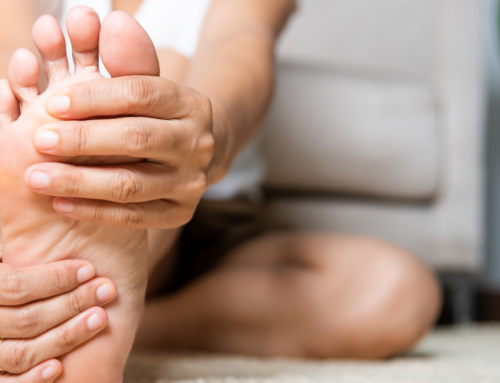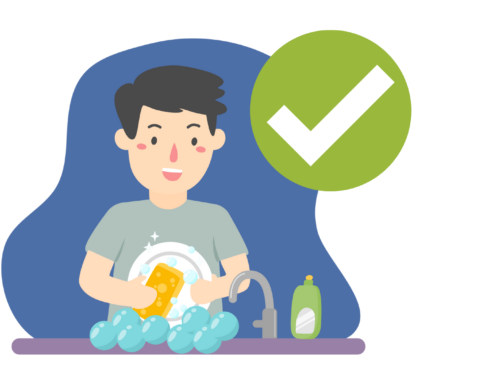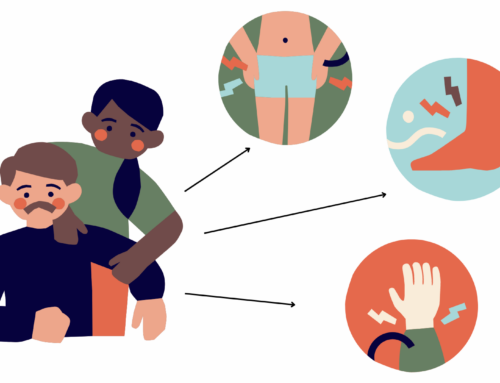How to improve balance and coordination?
Balance and coordination are two very important aspects when walking or doing some type of exercise. A person who is unbalanced by the loss of one of these two can suffer from a blow or even an injury.
Balance is defined as the ability that allows us to maintain a position in space, regardless of the mobility that is executed. It is the natural support before the law of gravity. While coordination is understood as the ability of the human body to synchronously unify the work of various muscles in the execution of an intentional action.
Coordination and balance are intrinsic to movement. It is impossible to carry out any execution without the correct intervention of both factors. In this way, one and the other complement each other to achieve the effectiveness of the movement in any part of the body.
What are they for?
Exercises to improve balance and coordination
Coordination and balance exercises are a key complement to physical activity, as they help to strengthen the neuromuscular system, increase stability and allow harmonious mobility. Dr. Riggioni offers some exercises that are easy to incorporate into your daily routine.
One Leg Balance: Raise one knee to hip, bend at a 90 degree angle. Keep it there for as long as possible. Time in which balance can be maintained; being careful not to let the legs touch each other. If you prefer, you can grip the back of a chair while lifting your leg and then slowly withdraw your hand to see how long you can hold the position.
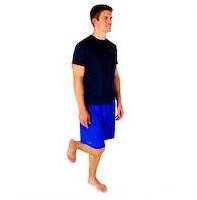
Balance on One Leg (Soft Base): This exercise is the same as the previous example on one leg, except that it should be done on a soft surface, such as a pillow. Try to balance with your eyes closed, with or without the unstable surface. You could also try to grab a nearby object, balancing to make it more difficult.
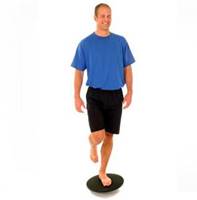
Maintain Balance on Hands and Knees: Lower hands and knees onto a folded blanket. Reach out one hand in front of you and stretch the opposite leg back into the air behind you. The core muscles must be kept contracted to help balance. And repeat on the other side.
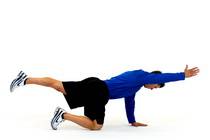
Balance and coordination are two very important aspects when walking or doing some type of exercise. A person who is unbalanced by the loss of one of these two can suffer from a blow or even an injury.
Balance is defined as the ability that allows us to maintain a position in space, regardless of the mobility that is executed. It is the natural support before the law of gravity. While coordination is understood as the ability of the human body to synchronously unify the work of various muscles in the execution of an intentional action.
Coordination and balance are intrinsic to movement. It is impossible to carry out any execution without the correct intervention of both factors. In this way, one and the other complement each other to achieve the effectiveness of the movement in any part of the body.
What are they for?
Exercises to improve balance and coordination
Coordination and balance exercises are a key complement to physical activity, as they help to strengthen the neuromuscular system, increase stability and allow harmonious mobility. Dr. Riggioni offers some exercises that are easy to incorporate into your daily routine.
One Leg Balance: Raise one knee to hip, bend at a 90 degree angle. Keep it there for as long as possible. Time in which balance can be maintained; being careful not to let the legs touch each other. If you prefer, you can grip the back of a chair while lifting your leg and then slowly withdraw your hand to see how long you can hold the position.

Balance on One Leg (Soft Base): This exercise is the same as the previous example on one leg, except that it should be done on a soft surface, such as a pillow. Try to balance with your eyes closed, with or without the unstable surface. You could also try to grab a nearby object, balancing to make it more difficult.

Maintain Balance on Hands and Knees: Lower hands and knees onto a folded blanket. Reach out one hand in front of you and stretch the opposite leg back into the air behind you. The core muscles must be kept contracted to help balance. And repeat on the other side.




